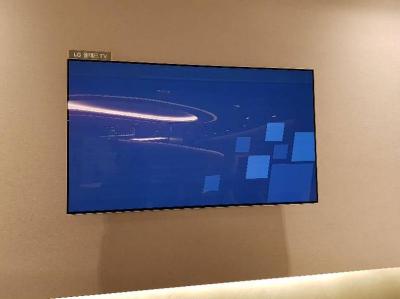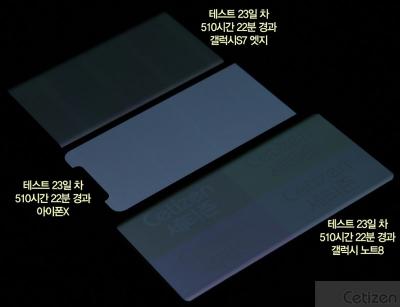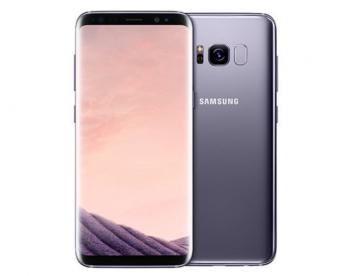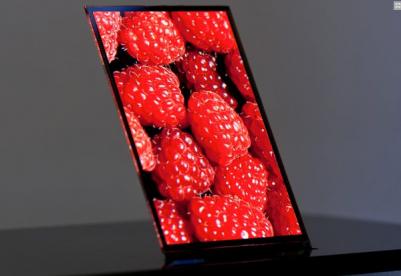Rtings.com tests show serious burn-in in LG's OLED TVs after only 4,000 hours of use
Review web site Rtings.com has performed an extensive burn-in trial for LG's 2017 OLEDC7 OLED TV models, and reports that the TVs have shown signs of permanent image-retention, or burn-in after only 4,000 hours.
Rtings have used six OLED TVs, running them from January 2018 for 5 hours each day at a time followed by one hour when the TVs are turned off. This cycle was run 4 times a day. One TV was at maximum brightness, and the rest at only 200 nits. Some played CNN, some a gaming title (FIFA 2018) and some of the TVs played regular TV channels. The TV that played CNN had a clear logo and static bar burn-in images, and the same goes for the FIFA game (but only slightly). The regular TV programs did not suffer from any burn-in.








